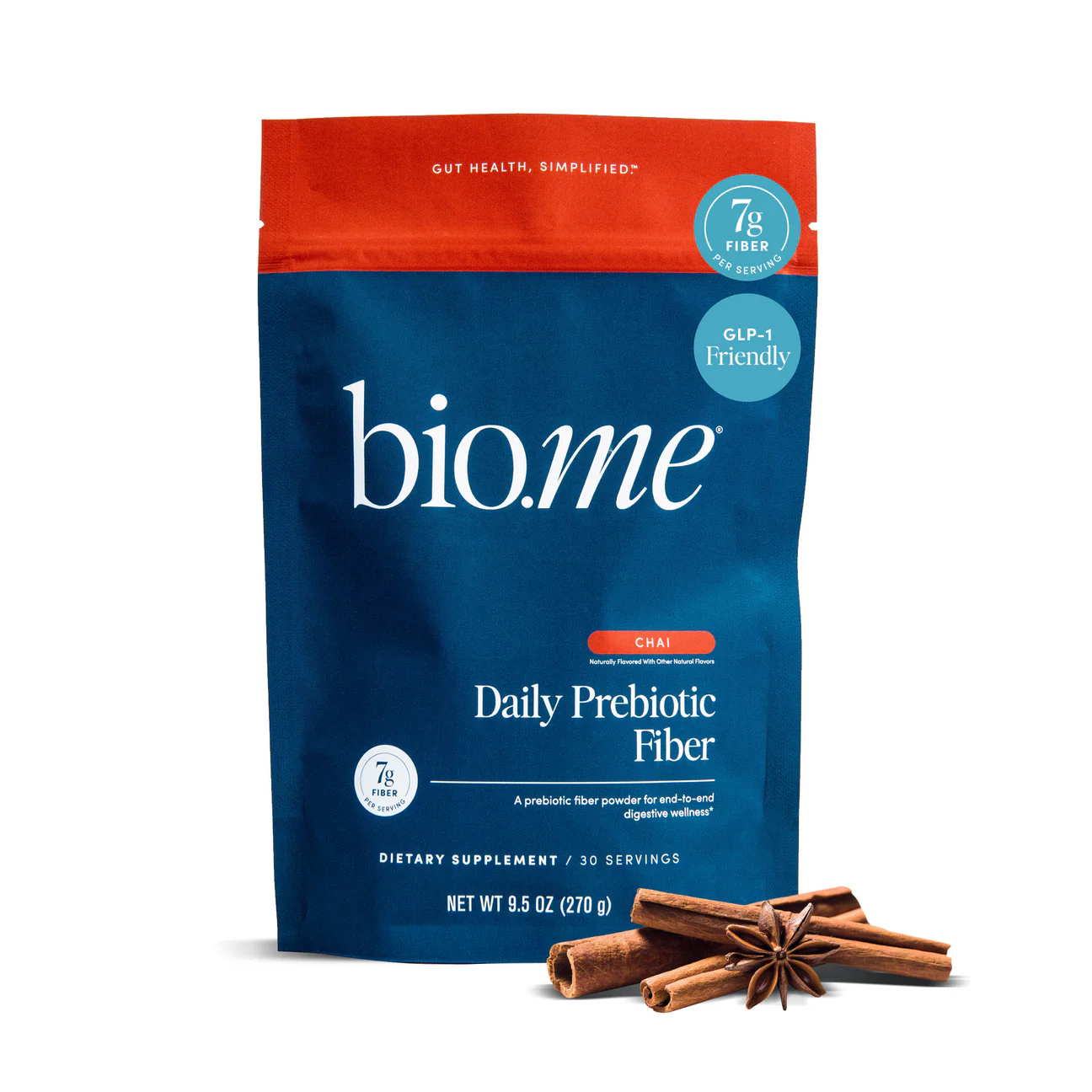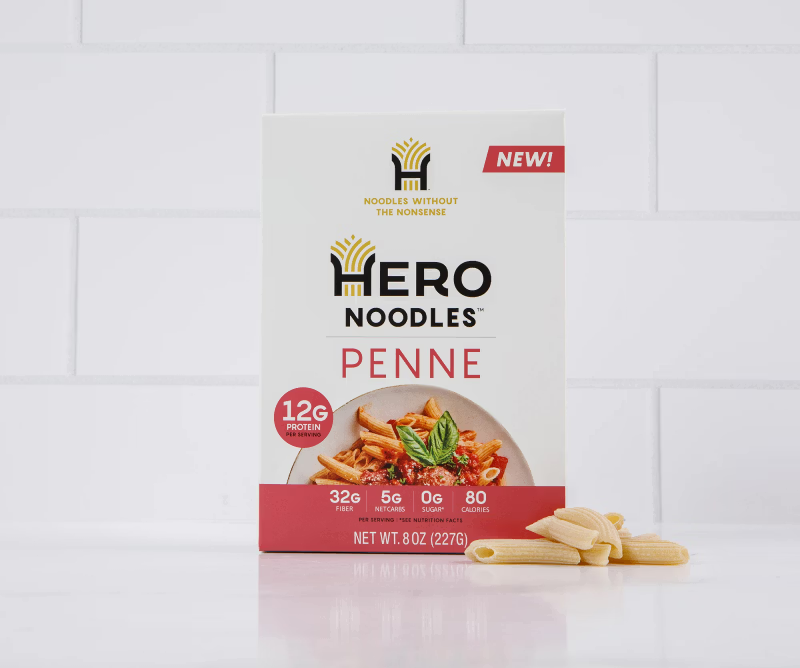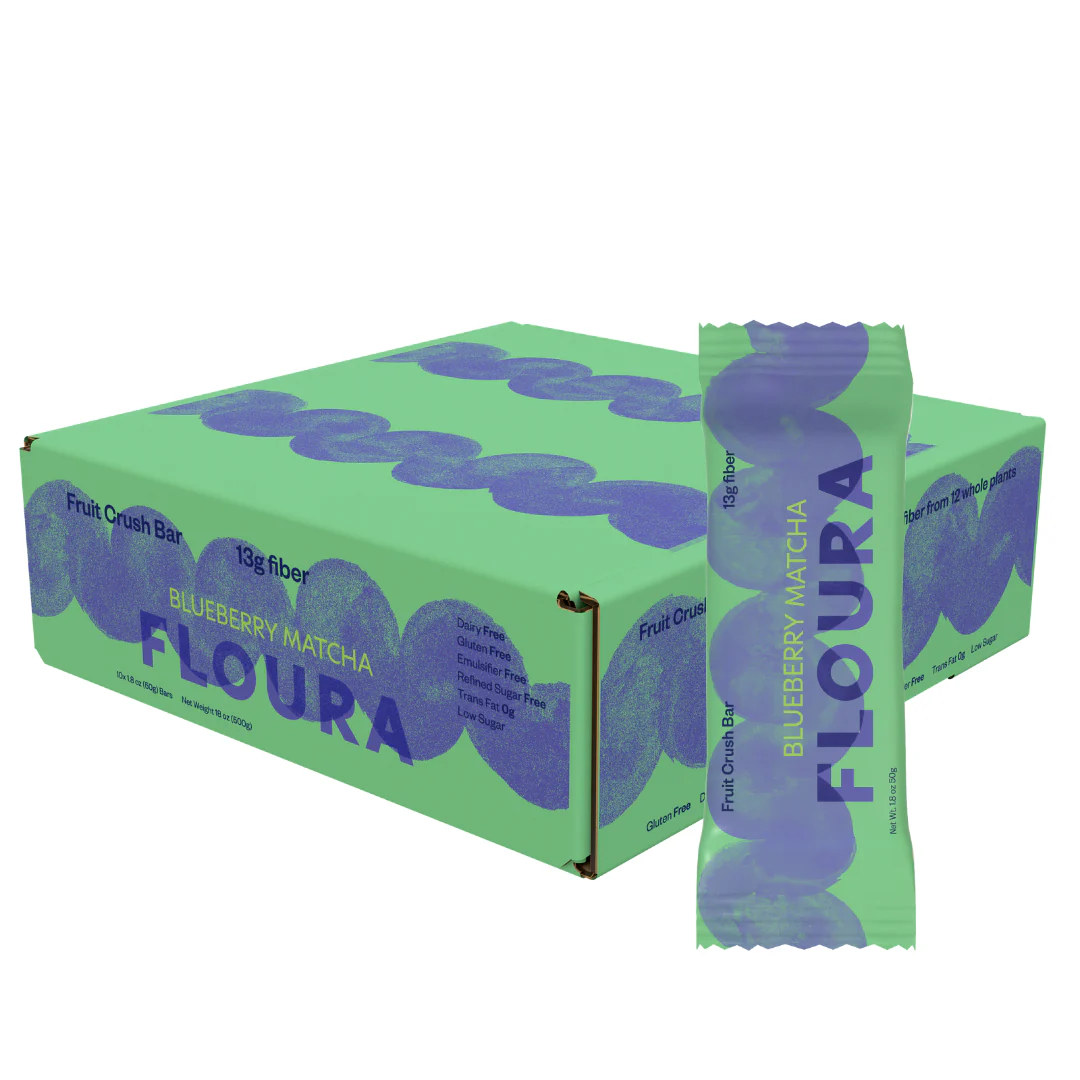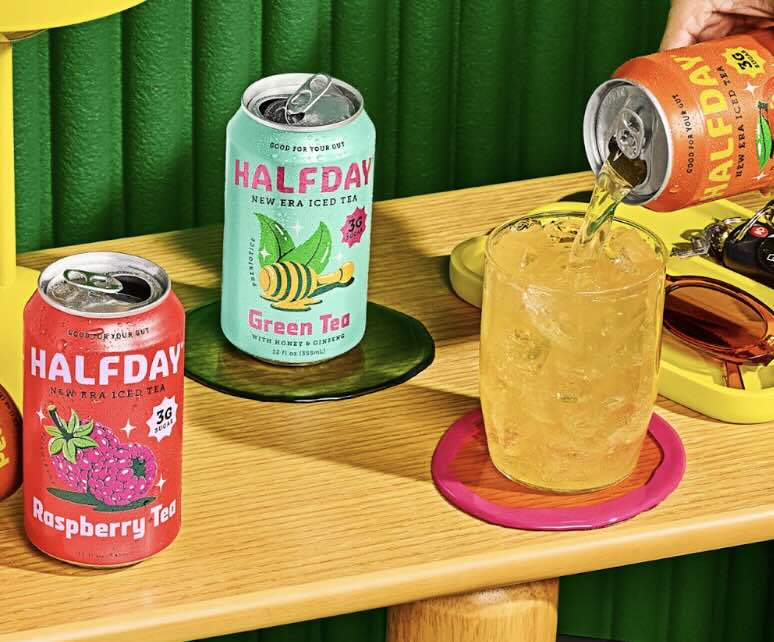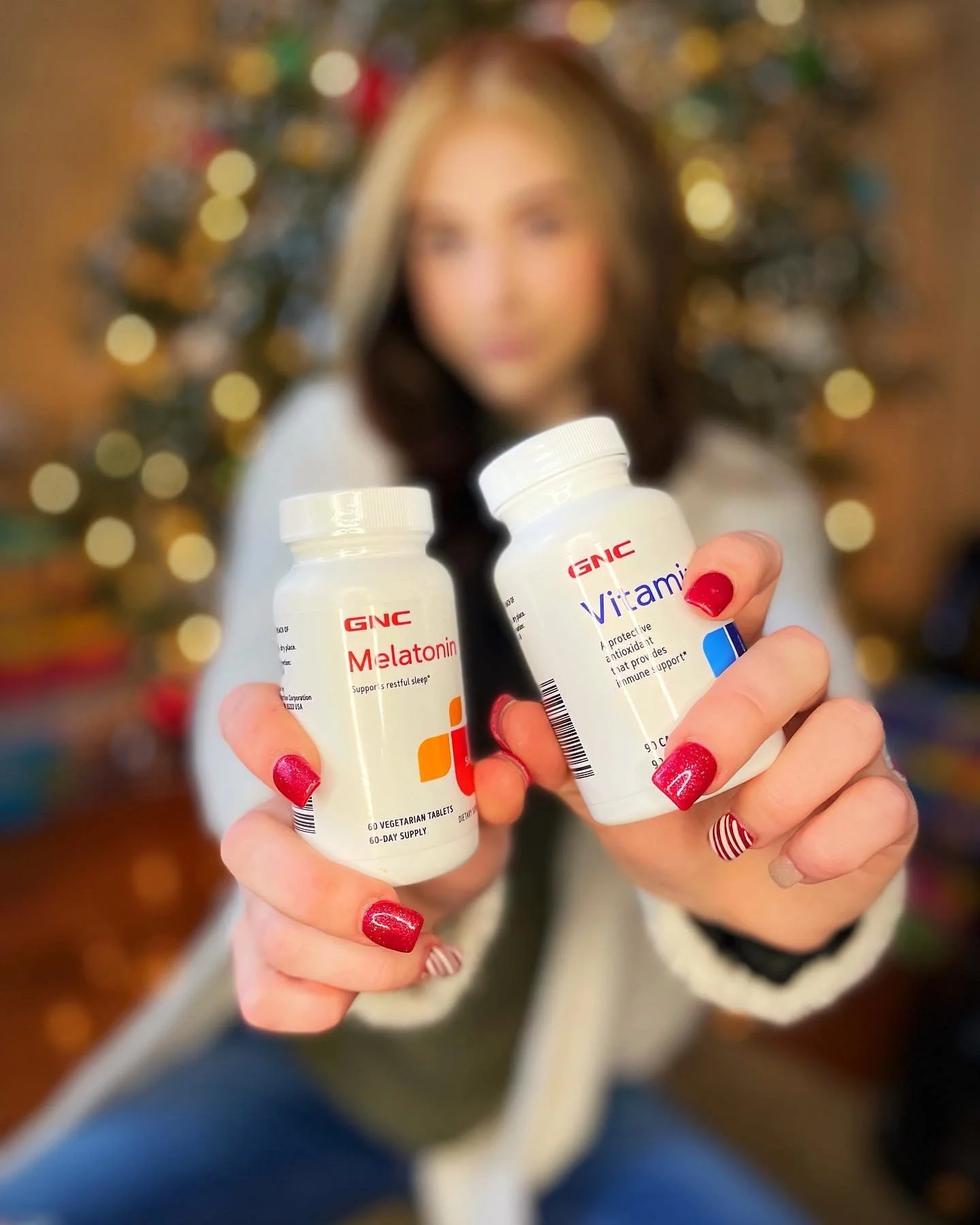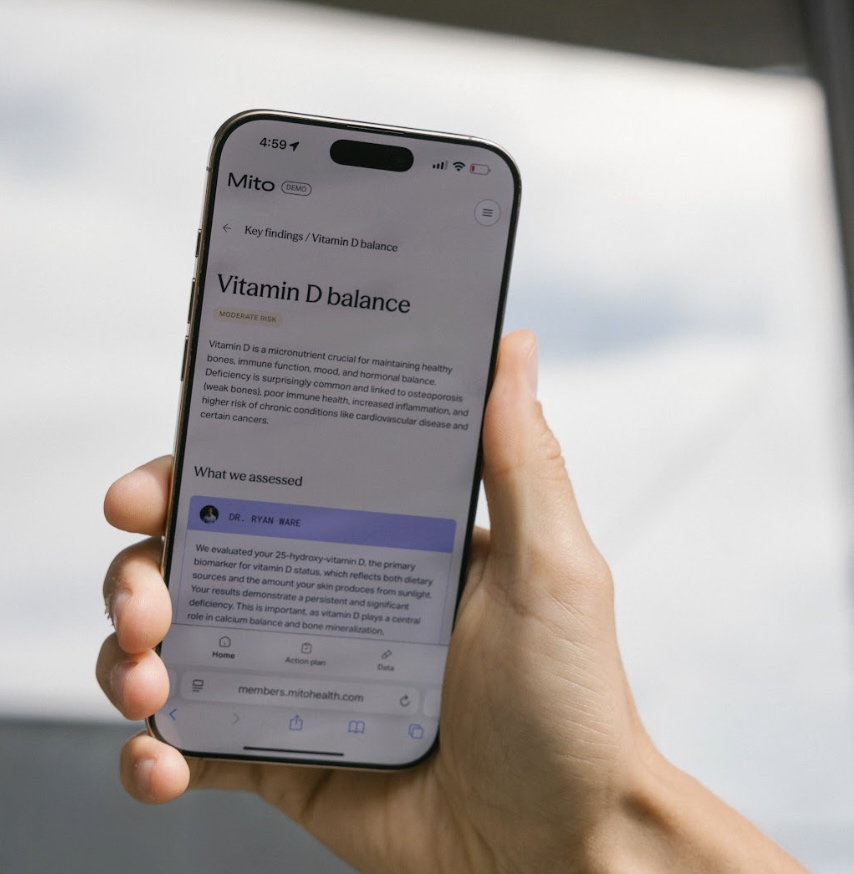Our team is dedicated to finding and telling you more about the web’s best products. If you purchase through our links, we may receive a commission. Our editorial team is independent and only endorses products we believe in.
If it seems to you like fiber is suddenly everywhere…that’s probably because it is.
Walk into any grocery store and you'll see it screaming from labels: high-fiber snack bars, fiber-enriched sodas, prebiotic powders in millennial pink packaging. What was once relegated to your grandmother's medicine cabinet has become the wellness world's latest obsession.
We like
We don't like
Why Now? The Fiber Awakening
Diet trends are nothing new. I could write an entire novel on how they've shaped American eating habits since the inception of grocery stores. But historically, diet trends have been focused on what to eliminate – think: the low-fat movement, Atkins and low-carb, and general caloric deficits. The messaging was always about restriction.
That is, until the protein trend came around in the late 2010s. Over the past few years, Americans have become increasingly obsessed with protein, seeking more and more protein-added products than ever before. Suddenly, the conversation shifted from cutting to adding – how much protein can I pack into this meal? How do I hit my daily target? Brands responded by protein-ifying everything from pancake mix to ice cream. It is (to my knowledge) the first major "additive" diet trend, focused on abundance rather than deprivation.
But the protein obsession is coming at a cost. When people prioritize hitting protein goals and maximizing convenience above all else, they often miss out on fiber-rich meals. As a result, only 5% of men and 9% of women meet the recommended daily fiber intake, with most Americans getting around 15 grams a day when they should be getting 25-30 grams. The protein-first mentality, combined with our general preference for processed convenience foods over whole plants, has left us operating on half a tank.
Now, fiber is having its moment on protein’s same additive wave – positioned not as a restriction, but as something to actively pursue. Today, almost 70% of American consumers are trying to increase their fiber intake – a 7% rise since 2023.
Fiber's rise isn't just riding protein's coattails. It's also inheriting keto's infrastructure. When the ketogenic diet exploded in the early 2010s, it introduced mainstream consumers to the concept of "net carbs" – total carbohydrates minus fiber. Since fiber is a type of carb that can't be fully digested and doesn't spike blood sugar, it gets subtracted from the carb count. To capitalize on the keto craze, packaged food brands started pumping products full of fiber-rich ingredients like psyllium husk, chicory root, and inulin, aka ingredients that kept foods keto-friendly while maintaining taste and texture. What started as a diet hack quietly normalized high-fiber ingredients in processed foods, laying the groundwork for fiber's current mainstream appeal.
Around the same time, gut health became genuinely cool. The better-for-you soda brands – Poppi, Olipop, and their prebiotic-packed counterparts – made gut health fun. Because they sweetened their products with inulin, making them lower sugar and prebiotic, they naturally were also high in fiber. While gut health was suddenly cool, though, the conversation remained pretty broad – prebiotics, probiotics, fermented foods, general microbiome wellness.
What shifted everything toward fiber specifically was the protein trend's aftermath colliding with the GLP-1 medication boom. As GLP-1 medications became household names for weight loss, fiber found a new urgency. People on these medications often experience constipation because they don’t eat enough food to hit their fiber needs.
But fiber's connection to GLP-1s goes deeper than managing side effects. Emerging research suggests that certain prebiotic fibers can actually stimulate the gut to produce its own GLP-1, potentially offering some of the metabolic benefits naturally. Social media dubbed psyllium husk "the poor man's Ozempic," positioning fiber as a natural alternative for appetite control.
The conversation exploded on TikTok, where the “fibermaxxing” trend racked up millions of views, with registered dietitian Steph Grasso declaring 2024 the year of fiber. Fiber went from the unsexy stepchild of gut health to the main character – no longer just about prebiotics or general digestive wellness, but about hitting specific fiber targets, tracking grams, and optimizing your intake like people had done with protein.
Why Fiber Actually Matters
A few years ago, if you asked someone why they needed fiber, they’d probably say something about staying “regular.” But fiber does so much more than that, and science is finally catching up.
Fiber isn't digested in the stomach like other foods. Instead, it passes through to the colon where it becomes food for the beneficial bacteria in the gut. Those trillions of microbes are doing serious work: managing inflammation, producing vitamins, even communicating with your brain. Research at the National Institute on Aging found that a high-fiber diet changed the types of bacteria in the gut microbiome, increased the production of short-chain fatty acids, and reduced the expression of certain genes that control inflammation in the brain. Your gut health is literally talking to your brain.
Beyond that, fiber helps keep blood sugar stable by slowing digestion, helps lower cholesterol by binding to it in the digestive tract, and can support weight management by keeping you fuller longer.
The Brands Making Fiber Cool
For years, fiber supplements meant choking down chalky Metamucil or swallowing horse-pill capsules that left you bloated. But a new wave of brands is rewriting the rules, making fiber something you'd actually want to consume (and even look forward to).
If you haven’t seen BelliWelli's fiber supplement powders on your TikTok feed…are you even on TikTok? BelliWelli, a true social media darling, has become the unofficial Metamucil replacement for millennials/Gen Z. Each scoop contains 4 grams of fiber from acacia fiber, plus probiotics, collagen, and electrolytes, making it a total wellness drink rather than just a fiber supplement.
I especially love BelliWelli’s Cucumber Lime Mint flavor. It doesn't taste like a supplement. It's refreshing, lightly sweet, and mixes into water without that gloopy or gritty texture you often find in OG fiber powders. It's available at Target and Walmart, and designed to look fantastic on your counter, not hidden away in your medicine cabinet.
BelliWelli also just came out with its first fiber gummies (taking yet another page out of Metamucil’s book). Unlike the other gummy supplements on shelf, Belliwelli specifically targets gut health from all ends with 5g of fiber, collagen, and pre- + probiotics. Its juicy watermelon flavor tastes just like Sour Patch Watermelon.
We like
We don't like
Bio.me is another incredible powder supplement that’s changing everything you thought you knew about fiber supplements. Its chai flavor has seriously upgraded my morning routine: I add it to my coffee, which turns a simple coffee into a dirty chai with a full 7g of fiber with zero sugar, warmly spiced, lightly sweet from stevia, with no weird texture. If chai isn’t your thing, this Daily Prebiotic Fiber blend comes in a delicious chocolate flavor (basically instant, fiber-filled, sugar-free hot chocolate) or an unflavored version if that’s your jam.
Beyond taste (which is A+), what makes Bio.me different is the type of fiber it uses: resistant potato starch and partially hydrolyzed guar gum (PHGG) instead of psyllium husk or methylcellulose, which tend to cause bloating and cramping. It's certified Glyphosate Residue Free, non-GMO, dairy free, gluten free, vegan, and low FODMAP certified (basically built for people with sensitive digestive systems who've been burned by other fiber supplements).
We like
We don't like
Hero is one of the brands built on the low-carb and keto-friendly wave, but nurtured by today’s fiber craze. Its low-calorie, low-to-no carb, high-fiber bread products set the foundation for the brand – and got investors like Tom Brady, Kevin Durant, and The Weeknd on board. From sliced bread to tortillas and even Hawaiian rolls and croissants, Hero has been at the forefront of bready innovation. But most recently, I’ve been especially impressed by its new pasta product.
Hero’s Penne delivers a whopping 32g of fiber per serving (114% of your daily value). It's made with resistant wheat starch, wheat protein, flax, and fava bean protein, keeping the carb count low (hence the "low net carb" positioning) while packing in more fiber than you'd get from eating vegetables all day. While this could easily take me – a veggie fiend – over the edge on fiber consumption, it’s a great hack for protein-obsessed folks to sneak it all into one meal.
We like
We don't like
Fluora, created by Jeni of Jeni’s Ice Cream (one of my favorite ice cream brands ever) strips fiber down to basics: real fruit bars made with upcycled fruits, super seeds, prebiotic fiber, and nuts. In fun, culinary flavors like Vanilla Rooibos, Blueberry Matcha (my personal fave), and Brambleberry Lavender, with a chewy, satisfying bite, these bars are an absolute joy to eat. Packing in 13g of fiber and only 140 calories, these are a great option for on-the-go fiber.
We like
We don't like
I love an Olipop or Poppi, but sometimes, I want a gut-healthy bev without the bubbles. Halfday Tea checks every box: Each can of Halfday delivers 6g of prebiotic fiber with only 3-5g of sugar, brewed with real tea for that nostalgic iced tea flavor minus the sugar crash. It's functional without tasting medicinal, sweet without being a sugar bomb, and refreshing enough that you'd reach for it even if it weren't good for you. I especially love the Raspberry and Peach Teas, which both remind me so much of the Wawa iced teas I grew up drinking (shoutout fellow Wawa fans).
We like
We don't like
The Bottom Line
We've spent decades optimizing our diets for everything else (protein! low-carb! low-fat!), and in the process, we left behind one of the most fundamental nutrients our bodies actually need.
What makes this fiber wave different is that it's not about restriction. It's additive. It's actually enjoyable. These brands aren't selling medicine. They're selling dirty chais and nostalgic iced teas and pasta you can feel good about eating. They're making fiber something you want, not something you choke down out of obligation.
Whether you're dealing with GLP-1 side effects, trying to support your gut microbiome, managing blood sugar, or just tired of feeling bloated and irregular, fiber might be the unsexy answer to a lot of today’s biggest wellness problems. It's not a miracle cure. It's just science catching up to what nutritionists have been saying forever: eat more plants, feed your gut, and you'll probably feel better.











